The automotive industry's pursuit of better visibility and safety has led to innovative solutions like the transparent A-pillar. By replacing traditional metal pillars with camera-fed displays, manufacturers promise to eliminate blind spots that have plagued drivers for decades. However, this technological leap introduces new challenges, particularly concerning visual latency in screen displays - a critical factor that could mean the difference between safe navigation and catastrophic consequences.
The Promise of Transparent A-Pillars
Traditional A-pillars, those structural columns framing the windshield, create significant blind spots that compromise driver awareness. Studies show these obstructions contribute to numerous accidents annually, particularly during turns or when pedestrians cross at intersections. The transparent A-pillar concept addresses this by mounting small displays on the interior surface of the pillars, showing real-time video feeds from external cameras positioned to cover the obscured areas. When implemented correctly, this creates the illusion of transparency, effectively making the bulky pillars "disappear" from the driver's perspective.
Automakers and tech companies have poured resources into developing these systems, with several concept cars and limited-production vehicles already showcasing the technology. The visual effect can be startlingly effective - when stationary, the seamless transition between actual windshield visibility and camera-fed pillar displays creates a genuinely transparent appearance. However, this illusion faces its greatest test when the vehicle and surrounding objects are in motion, where even minuscule delays in the video feed become glaringly apparent.
The Latency Conundrum
Visual latency refers to the delay between when light hits the external cameras and when the processed image appears on the pillar displays. In most digital systems, some latency is inevitable due to the time required for image capture, processing, and display refresh cycles. While modern smartphones and TVs have conditioned users to accept certain delays, automotive applications demand near-instantaneous response times for safety-critical systems.
Human factors research suggests that latency exceeding 100 milliseconds in driving applications becomes perceptible and potentially disorienting. At highway speeds, this tiny delay means displayed objects appear several feet behind their actual positions - a dangerous discrepancy when making split-second decisions. The problem compounds when considering that drivers rapidly shift their gaze between real-world views and display-fed imagery, with any timing mismatch causing visual-vestibular conflict that can induce nausea or disorientation.
Technical Hurdles in Achieving Real-Time Performance
Creating a truly real-time transparent pillar system involves overcoming multiple technical challenges. The image processing pipeline must handle high-resolution video at minimum 60Hz refresh rates, often requiring 4K resolution to match human visual acuity at typical viewing distances. Each stage - from CMOS sensor readout and analog-to-digital conversion to image stabilization, perspective correction, and final display output - introduces incremental delays that accumulate into problematic latency.
Environmental factors further complicate matters. Low-light conditions force cameras to employ longer exposure times, while high-contrast scenarios (like emerging from tunnels into sunlight) require rapid automatic exposure adjustment. Dynamic range compression algorithms, while improving, still need processing time that contributes to overall latency. Even the choice of display technology matters - OLED panels typically offer faster response times than LCD alternatives, but each technology has its own tradeoffs in terms of brightness, longevity, and cost.
Human Perception and Adaptation Challenges
Beyond the technical specifications lies the more complex question of how drivers perceive and adapt to these synthetic vision systems. Our visual systems have evolved to expect certain consistencies in the physical world - particularly regarding motion parallax and the instantaneous relationship between head movement and changing perspective. Transparent A-pillar systems disrupt these expectations in subtle ways that manufacturers are only beginning to understand.
When drivers move their heads, even slightly, the perspective on the displays should theoretically shift accordingly. However, the combination of camera positioning (typically fixed to the vehicle) and processing delays creates an unnatural effect where the displayed imagery lags behind the expected view. This discrepancy, while potentially imperceptible when consciously examining the display, may still register subconsciously, contributing to what researchers call "visual stress" during prolonged use.
Current Solutions and Their Limitations
Several approaches have emerged to mitigate latency issues in transparent pillar systems. Some manufacturers employ predictive algorithms that attempt to anticipate motion and render frames slightly ahead of time, similar to techniques used in VR systems. Others reduce resolution in peripheral areas of the display to prioritize processing speed for central focal points. A few experimental systems use hybrid optical-electronic solutions where part of the view comes through actual transparent materials augmented by digital displays.
However, each solution introduces its own compromises. Predictive rendering can fail spectacularly during unexpected events, potentially showing phantom objects or missing real ones. Resolution reduction defeats the purpose of the system by recreating blind spots through information loss. Hybrid approaches often struggle with seamless blending between optical and electronic components, creating distracting visual artifacts. The search continues for an optimal balance between safety, performance, and cost.
Regulatory and Standardization Landscape
As transparent A-pillar technology matures, regulatory bodies face the challenge of establishing appropriate performance standards. Unlike traditional mirrors with straightforward reflectivity requirements, these digital systems involve complex performance metrics that resist simple measurement. Should standards focus on maximum permissible latency? Image fidelity? Refresh rate consistency? The debate continues among industry groups and safety organizations.
Current automotive display regulations, developed primarily for infotainment systems, prove inadequate for safety-critical vision systems. The European Union's ECE R46 mirror standards and similar regulations elsewhere don't account for the unique challenges of camera-monitor systems replacing structural components. New test methodologies are needed to evaluate whether these systems actually improve safety as intended or introduce new risks through technological limitations.
The Road Ahead for Transparent Pillar Technology
Industry observers agree that transparent A-pillar technology will continue evolving rapidly. Advancements in automotive-grade image sensors, specialized processing chips, and low-latency display technologies promise gradual improvements in system performance. The integration of machine learning for better predictive rendering and computer vision for smarter image processing may help bridge current gaps.
However, some fundamental limitations may persist due to the laws of physics governing light transmission and electronic processing. This reality has led some manufacturers to explore alternative approaches like structural transparency (using actual transparent materials reinforced with composites) or augmented reality windshields that project imagery directly onto the glass. For now, the screen-based transparent pillar remains the most practical implementation, warts and all.
As consumers encounter these systems in upcoming vehicle models, their real-world experiences will shape the technology's future. Will drivers adapt to the slight latency as they've adapted to other imperfect automotive interfaces? Or will the pursuit of true transparency require fundamentally different solutions? The answers to these questions will determine whether camera-based pillar displays become a standard safety feature or remain a transitional technology awaiting its successor.
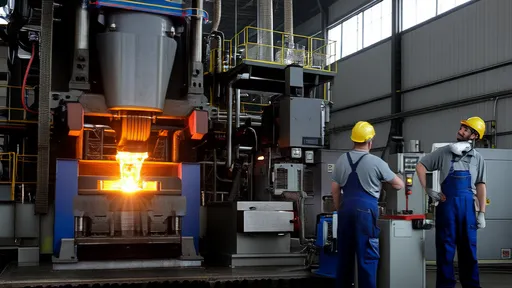
By /Jun 14, 2025

By /Jun 14, 2025

By /Jun 14, 2025

By /Jun 14, 2025

By /Jun 14, 2025

By /Jun 14, 2025
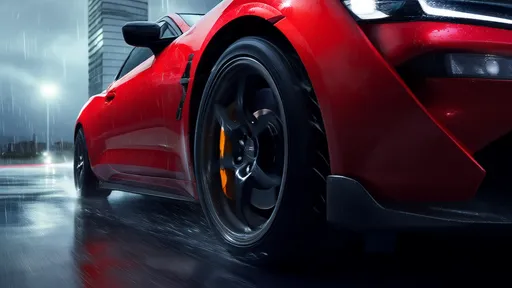
By /Jun 14, 2025

By /Jun 14, 2025
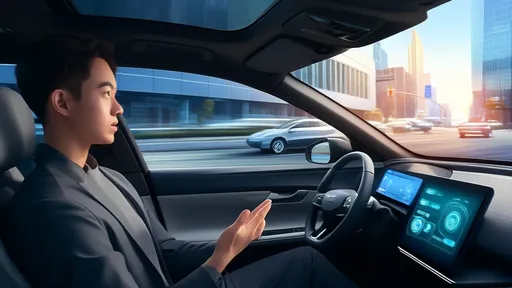
By /Jun 14, 2025

By /Jun 14, 2025

By /Jun 14, 2025
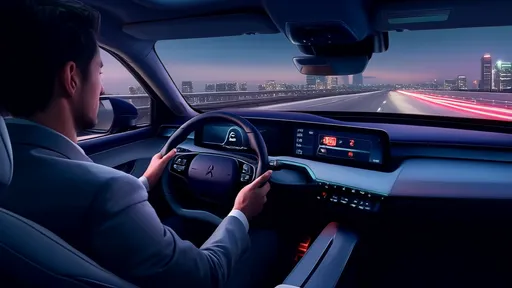
By /Jun 14, 2025
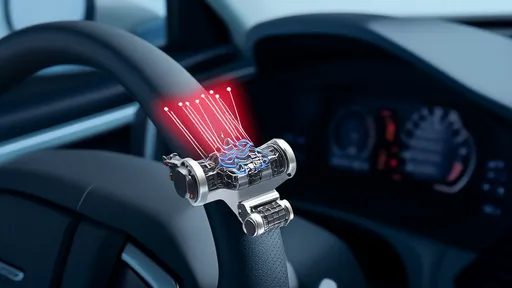
By /Jun 14, 2025
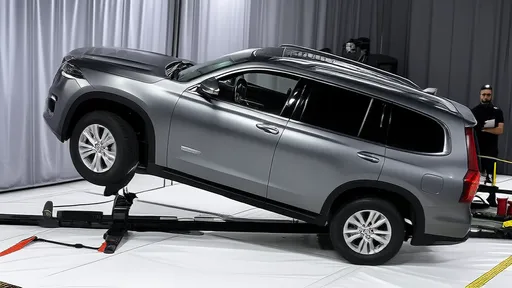
By /Jun 14, 2025
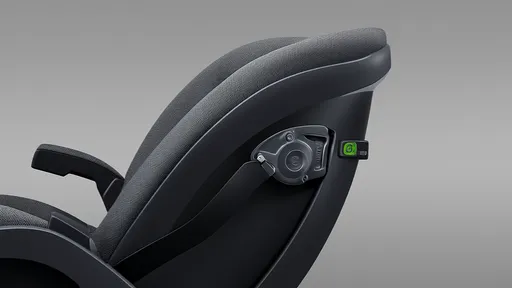
By /Jun 14, 2025
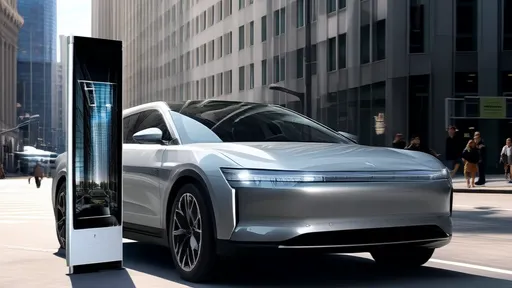
By /Jun 14, 2025
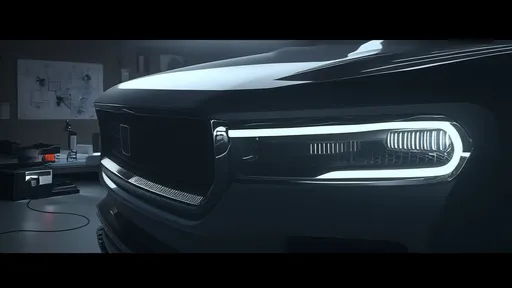
By /Jun 14, 2025